Demand Generation vs. Lead Generation: What’s the Difference?
Casey O'Connor
Though some people use the terms interchangeably, demand generation and lead generation are actually two separate (but related) processes.
To put it simply, demand generation is all about increasing brand awareness and interest in your offer, while lead generation is focused on converting that interest into sales.
The most successful marketing and sales teams are aware of the nuance between these two ideas and are able to use both processes together for maximum success.
In this article, we’ll go over everything you need to know about demand generation vs. lead generation, including how they’re different, how they work together, and a few tactics for your team to try for each process.
Here’s what we’ll cover:
- What Is Demand Generation?
- What Is Lead Generation?
- Key Differences Between Demand Generation and Lead Generation
- When to Use Demand Generation vs. Lead Generation
- Strategies and Tactics in Demand Generation
- Strategies and Tactics in Lead Generation
What is Demand Generation?
Demand generation is a process that occurs at the very top of the sales funnel.
When marketing teams work to generate demand, they design campaigns that focus on brand awareness and audience engagement.
Although demand generation can feel time-consuming, and its results can be somewhat less tangible than other sales metrics like conversion rate or revenue, it’s nonetheless one of the most important steps of the sales funnel. 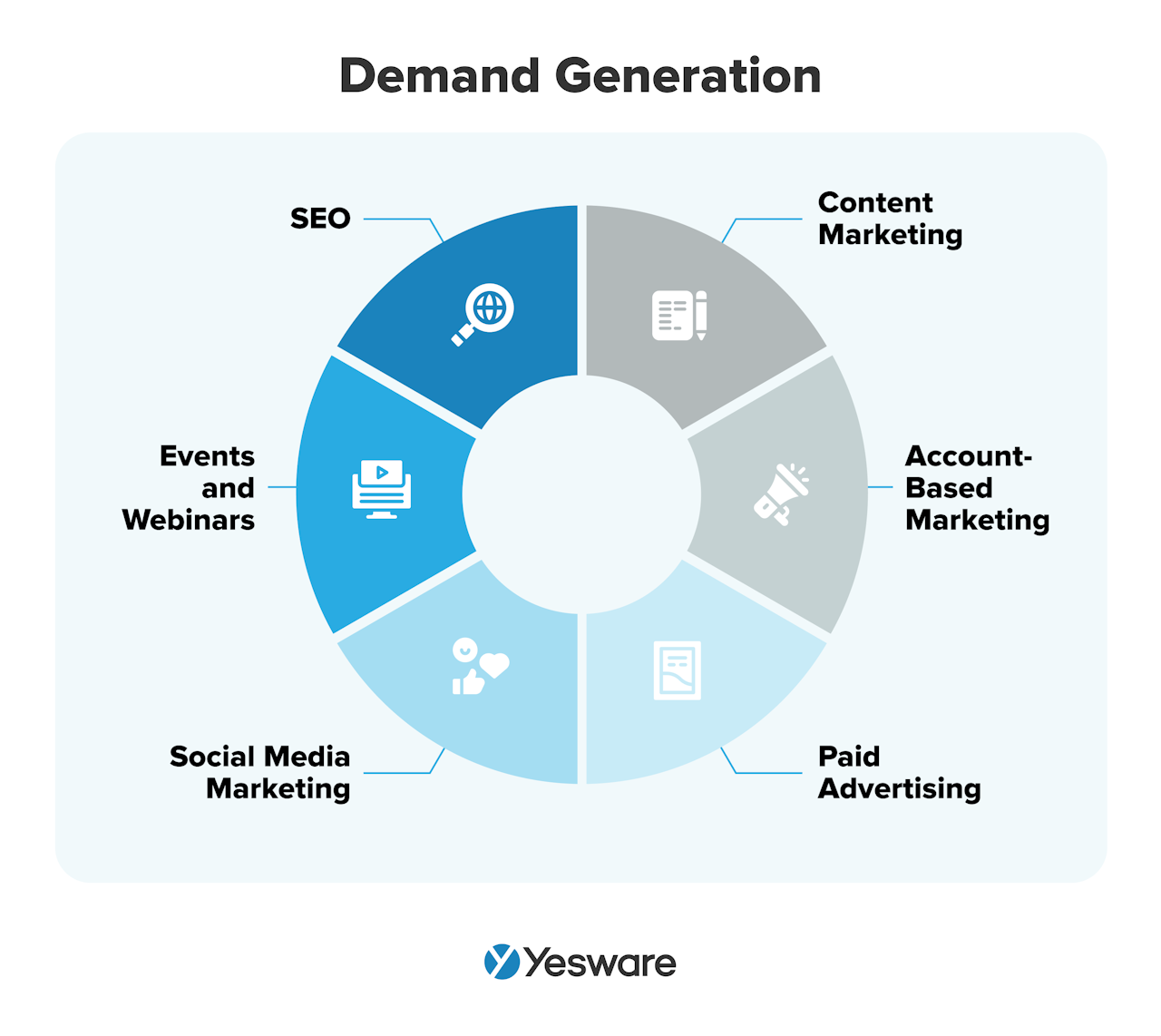 The process of generating demand helps attract the attention of potential buyers, educate and nurture their interest in your product or service, and gain their trust. This makes them much more likely to be engaged throughout the remainder of your funnel.
The process of generating demand helps attract the attention of potential buyers, educate and nurture their interest in your product or service, and gain their trust. This makes them much more likely to be engaged throughout the remainder of your funnel.
Although it may seem hard to remember in the short term, the legwork that marketing and sales teams put into demand generation has a direct impact on their long-term brand reputation and success.
What is Lead Generation?
Lead generation is the process of converting brand awareness to interest. The primary objective of lead generation is to collect contact information from interested buyers.
In an ideal sales process, lead generation occurs after demand generation (though some low-performing teams may try to force leads into the funnel anyway, regardless of whether there’s enough demand for the offer).
Many sales reps and marketers find that this is a much more tangible process. 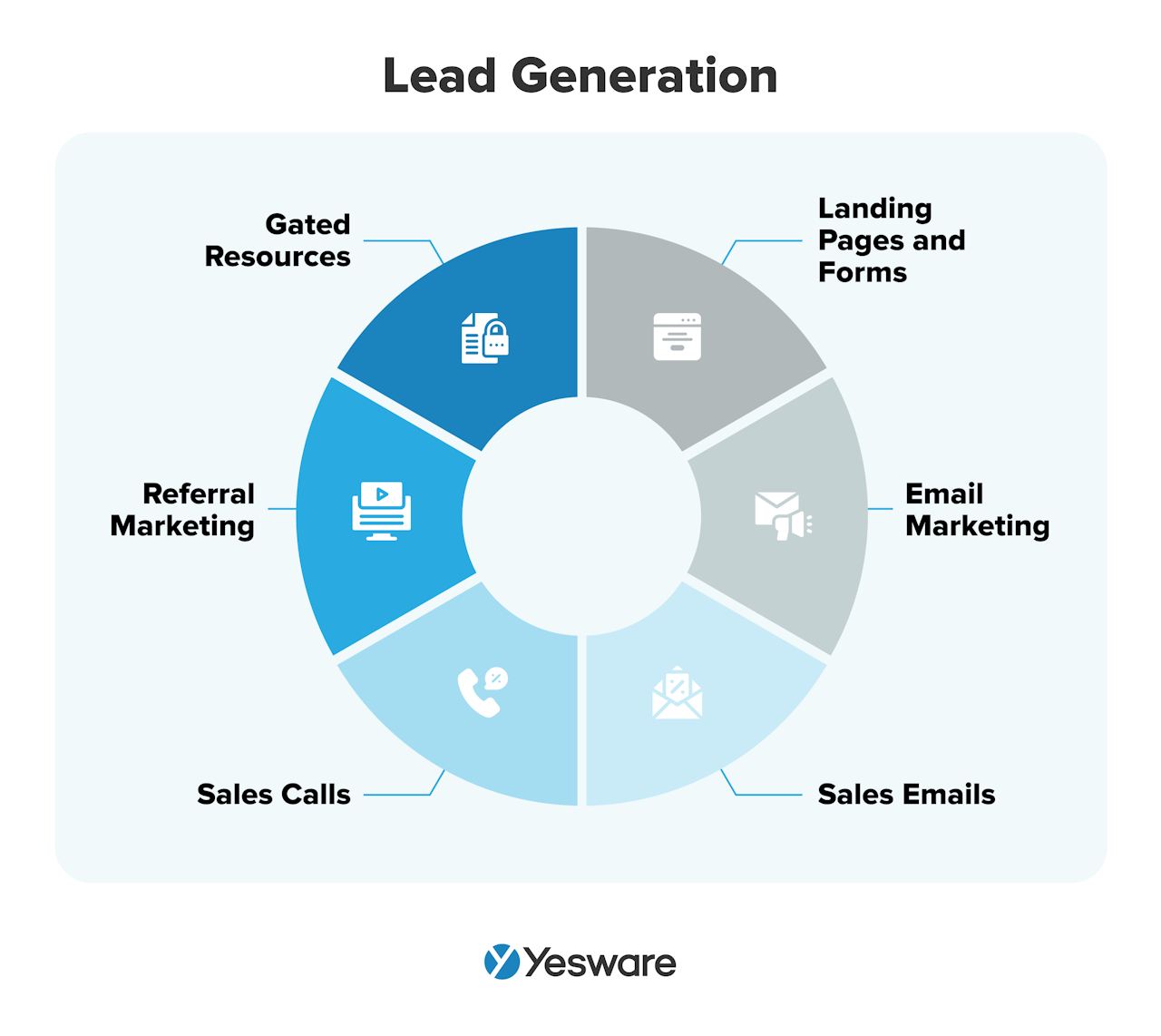 Marketers and sales reps should focus their lead generation efforts on buyers who have already shown interest in their brand by providing their contact information or other engagement signals.
Marketers and sales reps should focus their lead generation efforts on buyers who have already shown interest in their brand by providing their contact information or other engagement signals.
Lead generation is a shorter-term process, with entry and exit points that are more clearly defined than demand generation.
Key Differences Between Demand Generation and Lead Generation
Though the two processes are related, there are some fundamental differences between demand generation and lead generation.
Goals and Objectives
The goal of demand generation is to create or increase awareness of your brand, your product/service, and the problem it solves.
On the other hand, the goal of lead generation is to transform that demand into a list of viable leads who represent a good fit for your offer, and who have a legitimate interest in purchasing from you.
Timing and Lifecycle Stage
Demand generation occurs at the very top of the sales funnel, and may be a longer, more drawn-out process.
Lead generation is usually shorter-term, and happens further down the sales funnel (though still close to the top). 
Content and Messaging
The content, messaging, and tone of the demand generation process is all about building trust with your target market by positioning your brand as a thought leader and authority in the market.
The more you can demonstrate trustworthiness through educational content like blog posts, whitepapers, and social media posts and interactions, the more likely potential leads will be to engage with your brand.
Sales and marketing teams should choose more targeted and concrete content during lead generation, like fillable forms and email opt-ins.
Many teams find success in lead generation when they offer some kind of valuable content in exchange for an interested buyer’s contact information (e.g., a lead magnet).
Metrics and Measurement
When you measure demand generation, what you’re really measuring is how visible your brand is in your market, and how engaged your visitors are when they first interact with your brand.
To track the effectiveness of your demand generation efforts, monitor the following metrics:
- Website traffic
- Brand impressions
- Engagement metrics
- Social media reach
- Content downloads
- Customer retention/loyalty
Measuring lead generation results should be standard practice for most sales teams. It’s important that sales and marketing monitor the quantity and quality of leads coming in the pipeline.
The following sales metrics and sales KPIs can help give insight into the health of your lead generation efforts:
- Number of leads generated
- Cost per lead (CPL)
- Number of form submissions
- Number of demos completed
- Free trial sign-ups
- Conversion rates
Remember one of the most important phrases in sales: what gets measured, gets managed.
The quantity and quality of leads that funnel into your sales cycle (i.e., lead generation), as well as their level of enthusiasm (i.e., demand) for your offer both have a direct impact on your overall sales performance. Demand generation and lead generation need to be tracked and measured as carefully as any other part of the sales process.
When to Use Demand Generation vs. Lead Generation
Demand generation occurs at the top of the funnel. It needs to happen before effective, sustainable lead generation can take place.
Without reliable demand generation, lead generation eventually becomes cost-ineffective.
“On paper,” lead generation technically happens after demand generation. But, in reality, the two processes occur more simultaneously than might be suggested in a simple diagram.
A thoughtful and thorough lead scoring system can help the two systems complement one another to generate a steady, predictable stream of high-quality, enthusiastic leads. 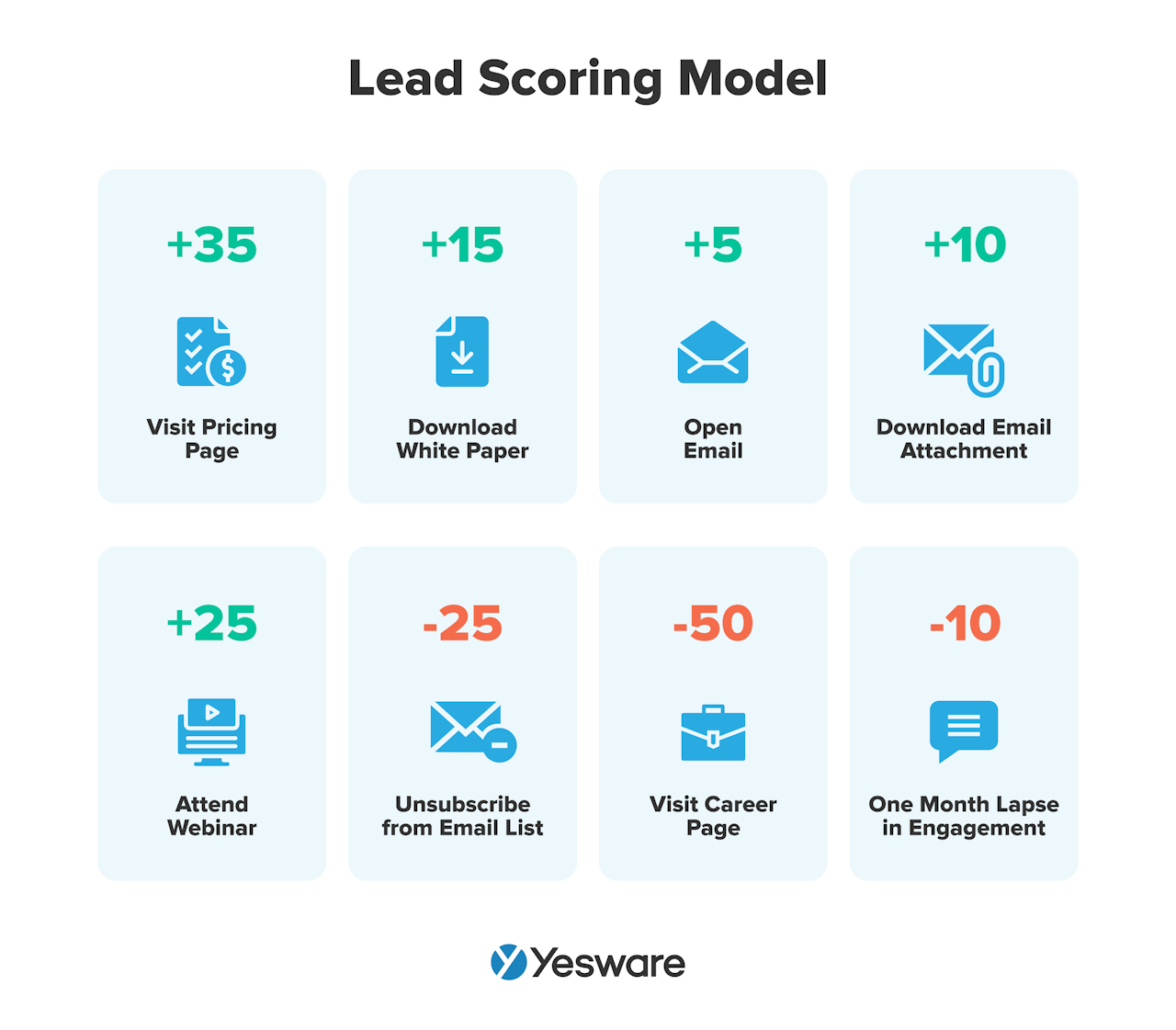 It’s important to note that businesses of all sizes and levels of growth can benefit from demand generation. Many companies mistakenly assume that only startups, or companies with limited reach need to put time into demand generation. But great marketers know that there can always be improvements or expansions to be made when it comes to demand for the offer.
It’s important to note that businesses of all sizes and levels of growth can benefit from demand generation. Many companies mistakenly assume that only startups, or companies with limited reach need to put time into demand generation. But great marketers know that there can always be improvements or expansions to be made when it comes to demand for the offer.
Strategies and Tactics in Demand Generation
Fortunately, demand generation in the digital age offers marketing and sales teams plenty of options for providing free, accessible, and valuable content to their target market.
Remember — this something-for-nothing approach is anything but counterproductive; buyers appreciate brands that care about providing value over making sales.
Content Marketing
Content marketing strategies (e.g., blog posts, whitepapers, ebooks, etc.) are proven to be well worth the effort it takes to put them in place. 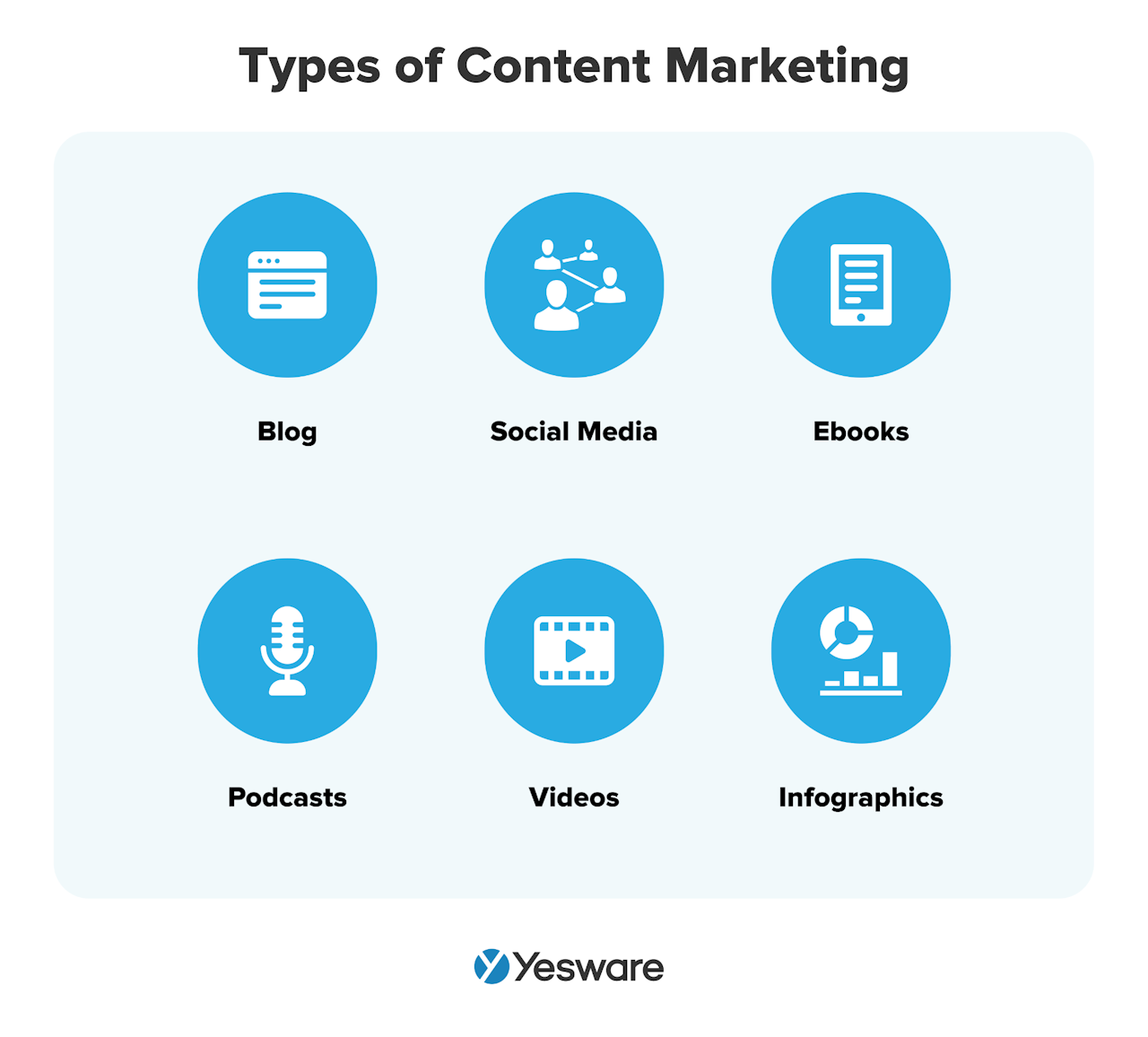 Studies show that teams who host educational blogs created with their target market in mind generate 67% more leads than those who don’t. This means that high-value, relevant, educational content is highly effective at generating demand.
Studies show that teams who host educational blogs created with their target market in mind generate 67% more leads than those who don’t. This means that high-value, relevant, educational content is highly effective at generating demand.
Social Media Marketing
Social media marketing (SMM) is another demand generation tactic that can be very impactful when it comes to brand awareness and meaningful engagement with your market.
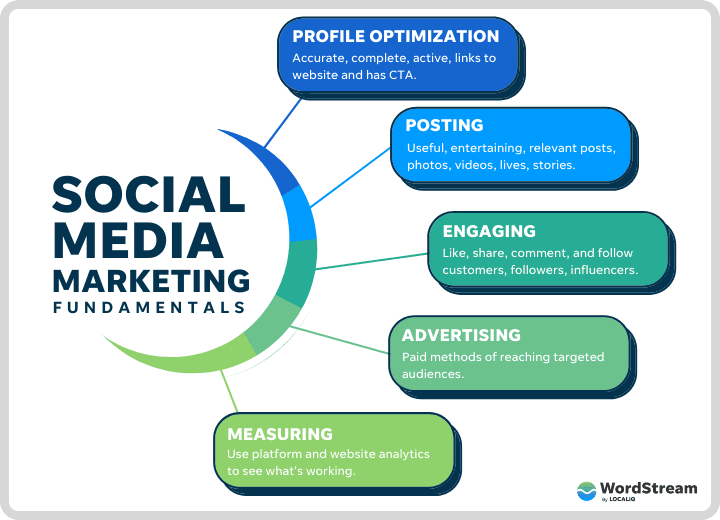
Over 90% of B2B buyers report that they rely on social media to identify and interact with thought leaders in their space, so this is an easy way to create demand by going where it already is.
Events and Webinars
As effective as content and social media are in today’s digital sales world, there’s still plenty to be said for “in-person” interactions.
Especially now that the restrictions of the pandemic era are largely behind us, many B2B buyers (and sellers, too!) are eager to attend in-person events again. This can be a very effective way to generate demand for your product or service.
It’s admittedly a stretch to call a webinar an “in-person” event, but it can at least feel a bit more personal and interactive than a blog or social media post.
In fact, many buyers and sellers agree that webinars are a legitimate and even enjoyable way to learn about a product, service, or offer.
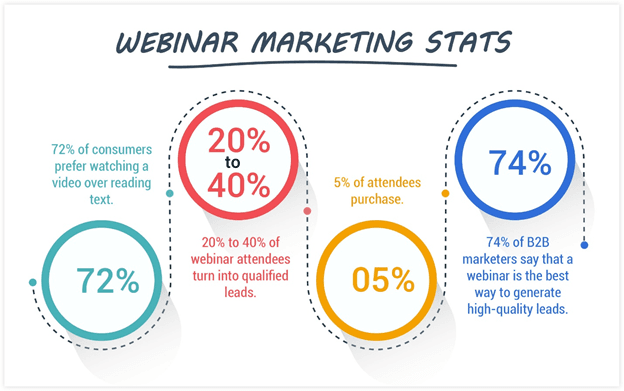
Strategies and Tactics in Lead Generation
Every B2B sales team should have a lead generation strategy in place. Here are a few strategies and tactics to consider adding to your playbook.
Landing Pages and Forms
A landing page is a web page that’s created specifically for a marketing campaign to generate new leads.
Unlike a “regular” web page, which is typically designed to allow buyers to inform and educate themselves according to their own agenda, a landing page is designed to get visitors to focus and convert for a specific action (e.g., give their email address for a lead magnet, fill out a form, request a free trial, etc.).
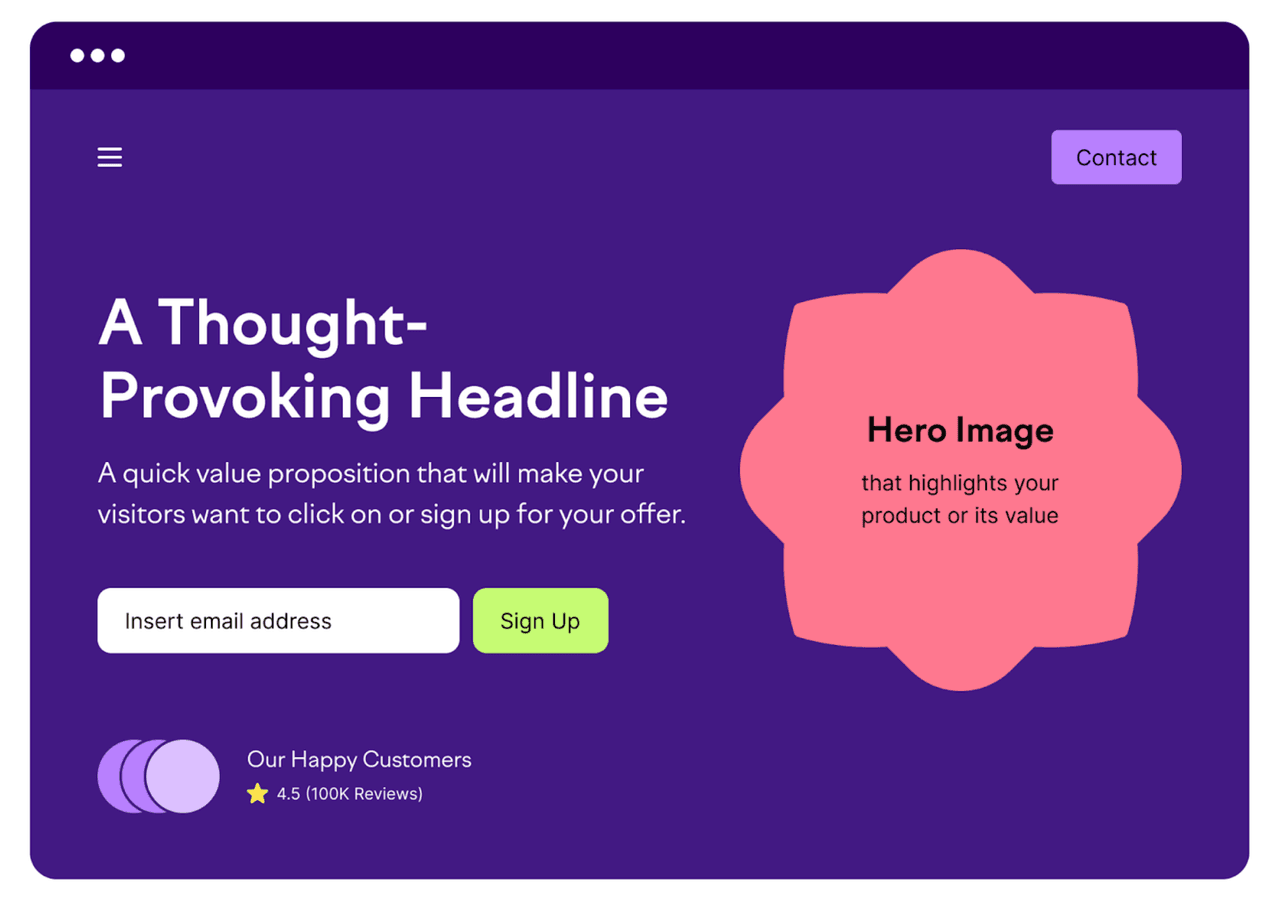
A landing page should always have a strong call to action (CTA) that tells the buyer exactly what you want them to do.
There are many lead generation software platforms that can help marketers and sales reps design sophisticated, optimized landing pages with little to no coding experience required.
Email Marketing
Email marketing is one of the most popular lead generation strategies available to sales reps and marketers. It gives marketers the chance to reach multiple different segments of their target market with drip campaigns that are uniquely tailored to each of their pain points and goals.
Sales Outreach
Multichannel sales outreach from platforms like Yesware allows sales teams to reach multiple segments of customers simultaneously, with an approach for each that’s tailored specifically to where they are in the sales funnel and their communication preferences.
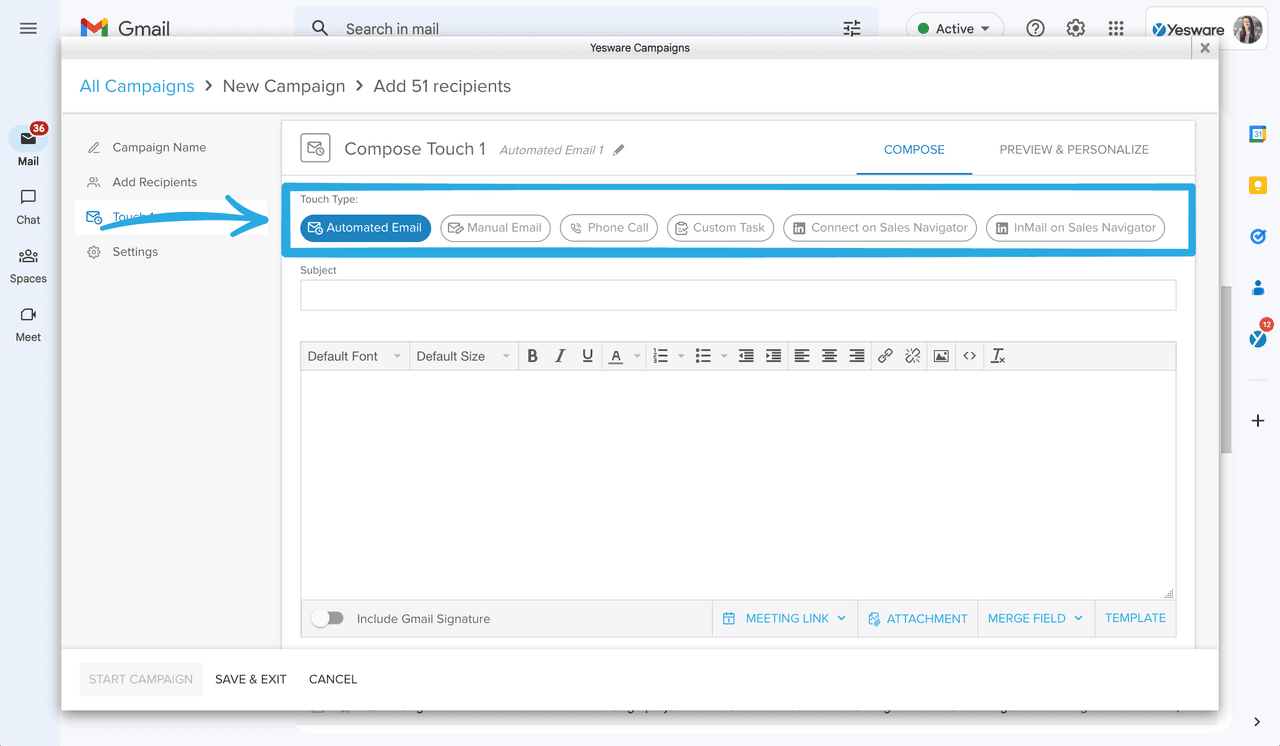
Email campaigns allow sales reps to nurture leads with engaging, high-value content until they’re ready to buy. This helps them feel like they have control over the sales process.
Yesware also allows you to send automated follow-ups to leads who don’t initially respond, so you can focus your efforts where they matter most.
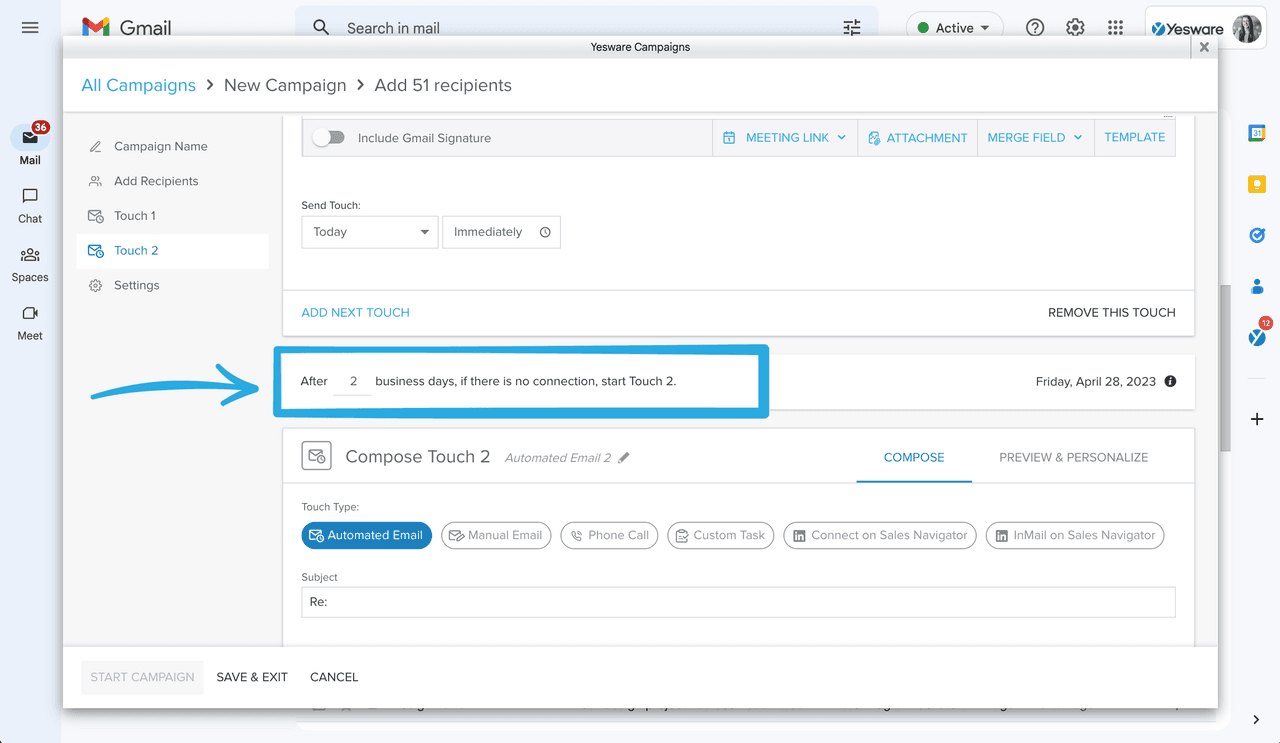
Once a lead responds and enters the funnel, they’re removed from the outreach campaign and redirected to a list of your choice.
Tip: Looking to send cold emails to leads? Grab 10 proven formulas below.
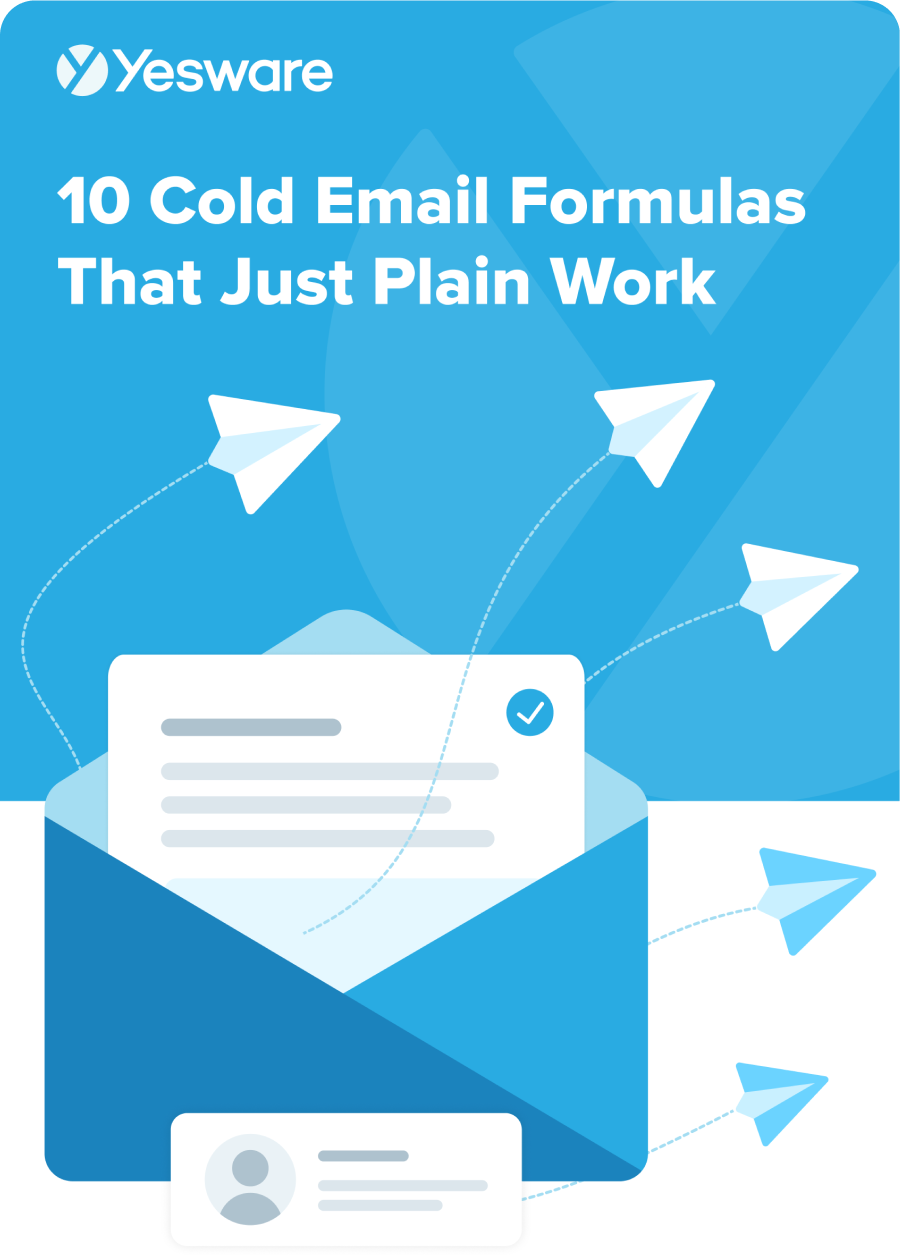 10 Cold Email Formulas That Just Plain WorkSee how B2B sales professionals are using these cold email templates to engage more prospects, fill the top of their funnel and build more sales pipeline faster.
10 Cold Email Formulas That Just Plain WorkSee how B2B sales professionals are using these cold email templates to engage more prospects, fill the top of their funnel and build more sales pipeline faster.
These are just a small handful of ideas for demand and lead generation.
Remember, it may require some trial and error to find the strategies and tactics that resonate best with your target market.
How does your team differentiate demand generation vs. lead generation? What have been your most successful strategies for each?
Get sales tips and strategies delivered straight to your inbox.
Yesware will help you generate more sales right from your inbox. Try our Outlook add-on or Gmail Chrome extension for free, forever!
Related Articles
Casey O'Connor
Melissa Williams
Anya Vitko
Sales, deal management, and communication tips for your inbox

